Lettuce bolting is the main reason your lettuce turns bitter, tough, and impossible to eat during warm weather.
Don’t worry, bolting is preventable in most cases. And even if your lettuce has already started the process, there are a few tricks you can use to salvage part of your harvest.
What Bolting Looks Like
Many gardeners confuse bolting with normal growth until it’s too late. Bolting is the lettuce plant’s emergency response to stress, especially heat. Instead of staying leafy and compact, the plant begins to prepare for reproduction by sending up a tall, central stalk.
But what bolting typically looks like:
1. The center of the plant rises upward: The once-flat or rounded rosette of leaves starts forming a cone shape. A long stem appears at the center and grows quickly.

2. Leaves become narrower and tougher: The plant shifts energy from producing lush leaves to producing flowers and seeds. The new leaves feel less tender and more leathery.
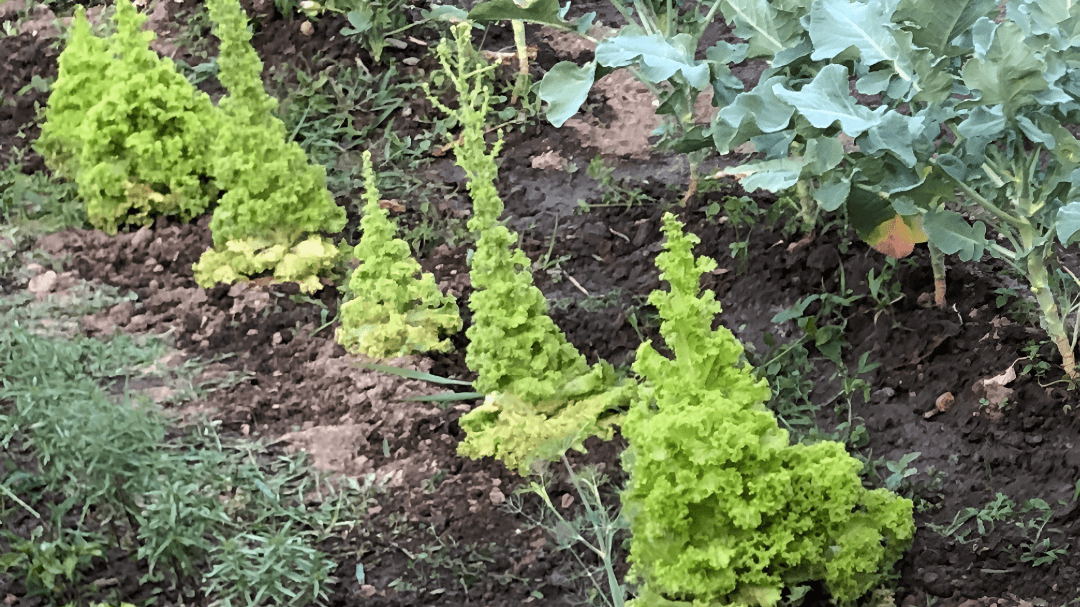
3. Taste turns bitter almost overnight: Even if the plant “looks” okay for a few days, the flavor is often the first red flag. Lettuce becomes bitter because it produces protective compounds as part of its seed-making process.
4. Eventually, small flower buds form: Tiny yellow or white blossoms start appearing at the top of the long stalk.

If you see these signs early enough, you may be able to slow or stop the process, but only if you understand why it’s happening.
How to Prevent Lettuce Bolting
Preventing bolting is a combination of smart planning and consistent care. Below are the most reliable, tested strategies.
1. Plant at the Right Time
This is the most important step.
Lettuce thrives in:
- Spring temperatures (when nights are cool)
- Fall weather (cooler days, shorter daylight)
If you’re planting in early summer, choose heat-tolerant varieties only, and expect them to need more shade and water.
As the old folks say, plant lettuce when you can comfortably wear a light jacket outdoors.
2. Provide Afternoon Shade
Even heat-tolerant lettuce benefits from protection from the harsh afternoon sun.
You can use:
- Shade cloth (30-40% shading is ideal)
- Tall companion plants (tomatoes, beans, corn)
- A patio umbrella
- A lattice panel
- DIY shade tunnels using hoops and breathable fabric
Shade keeps soil temperatures cooler, which matters as much as air temperature.
3. Water Deeply and Consistently
Lettuce loves cool, evenly moist soil.
- Water early in the morning
- Keep soil from drying out but avoid sogginess
- Use mulch to lock in moisture
- Consider drip irrigation or soaker hoses for steady hydration
Dry soil signals the plant that tough times are ahead, so it bolts.
4. Mulch to Keep Roots Cool
Mulch acts like an air conditioner for soil.
You can use:
- Straw
- Shredded leaves
- Grass clippings
- Compost
A 2-3 inch layer stabilizes temperatures and guards against moisture loss.
5. Space Plants Properly
Crowded lettuce overheats and grows bitter. Proper spacing helps air circulate and keeps plants from competing for water.
- Loose-leaf varieties: 6-8 inches apart
- Romaine: 10-12 inches apart
- Head lettuce: 12-18 inches apart
6. Harvest Early and Often
For leaf lettuce, regular harvesting keeps the plant from maturing too fast.
- Picking outer leaves every few days
- Cutting the entire plant 1-2 inches above soil (“cut-and-come-again”)
The younger the lettuce, the sweeter it tastes.
7. Grow Lettuce in Containers (If You Live Somewhere Hot)
Containers let you:
- Move plants to shade on hot days
- Control soil temperature better
- Grow lettuce indoors if needed
A light-colored pot reflects heat and helps keep roots cool.
Why Lettuce Bolts
Lettuce is naturally a cool-season crop. When temperatures rise above its comfort zone, or when daylight intensity increases, it panics and rushes to reproduce.
Below are the top reasons lettuce bolts earlier than expected.
1. Heat
Temperature is the most important trigger. Most lettuce varieties bolt when daytime temperatures consistently rise above 75-80°F (24-27°C). A single heatwave can push plants into survival mode.
2. Excessive Sunlight or Long Days
Lettuce is photoperiod-sensitive, meaning long summer days signal that it’s time to make seeds. Even if temperatures are mild, intense sun can still push the plant to bolt early.
3. Stress
Lettuce is surprisingly sensitive. Any of the following can cause bolting:
- Irregular watering
- Dry soil
- Crowding
- Poor soil fertility
- Transplant shock
A stressed plant always bolts faster.
4. Variety Choice
Some lettuce varieties simply can’t handle heat. Iceberg, for example, bolts quickly. Others, like romaine or certain loose-leaf types, are naturally more tolerant.
Knowing what causes bolting helps you prevent it. And prevention is much easier than trying to “fix” a plant that has already changed course.
Best Heat-Tolerant Lettuce Varieties
If your summers get warm or unpredictable, choosing the right variety makes a world of difference. Some lettuces are bred specifically to resist bolting and stay sweeter longer.
Loose-Leaf Varieties (Most Heat Tolerant)
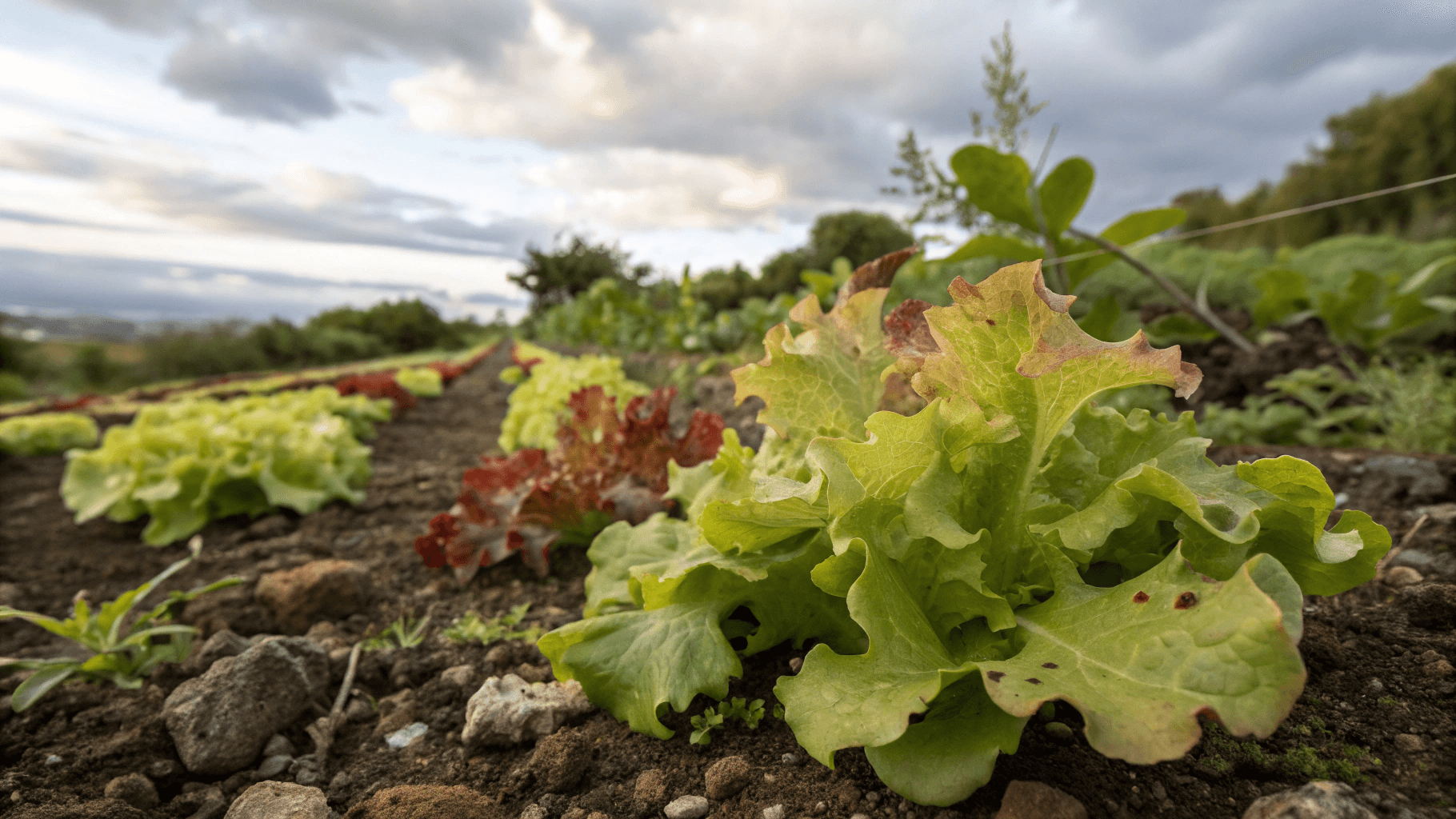
- Black Seeded Simpson
- Red Sails
- Oak Leaf Lettuce
- Salad Bowl Green / Salad Bowl Red
These mature quickly and handle heat with grace.
Romaine Varieties
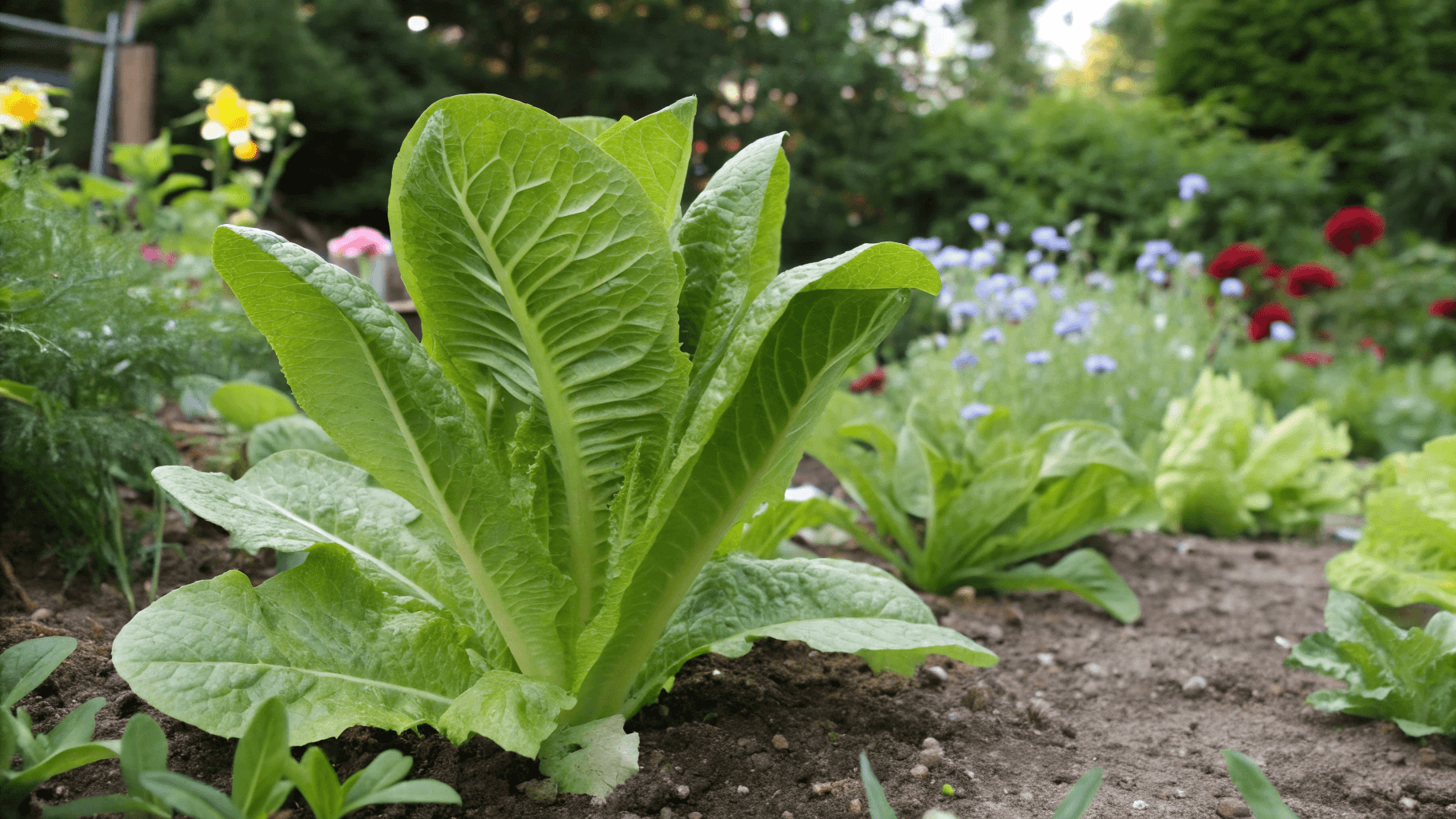
- Parris Island Cos
- Little Gem
Romaine tends to handle heat better than head lettuce.
Bibb/Butterhead Varieties
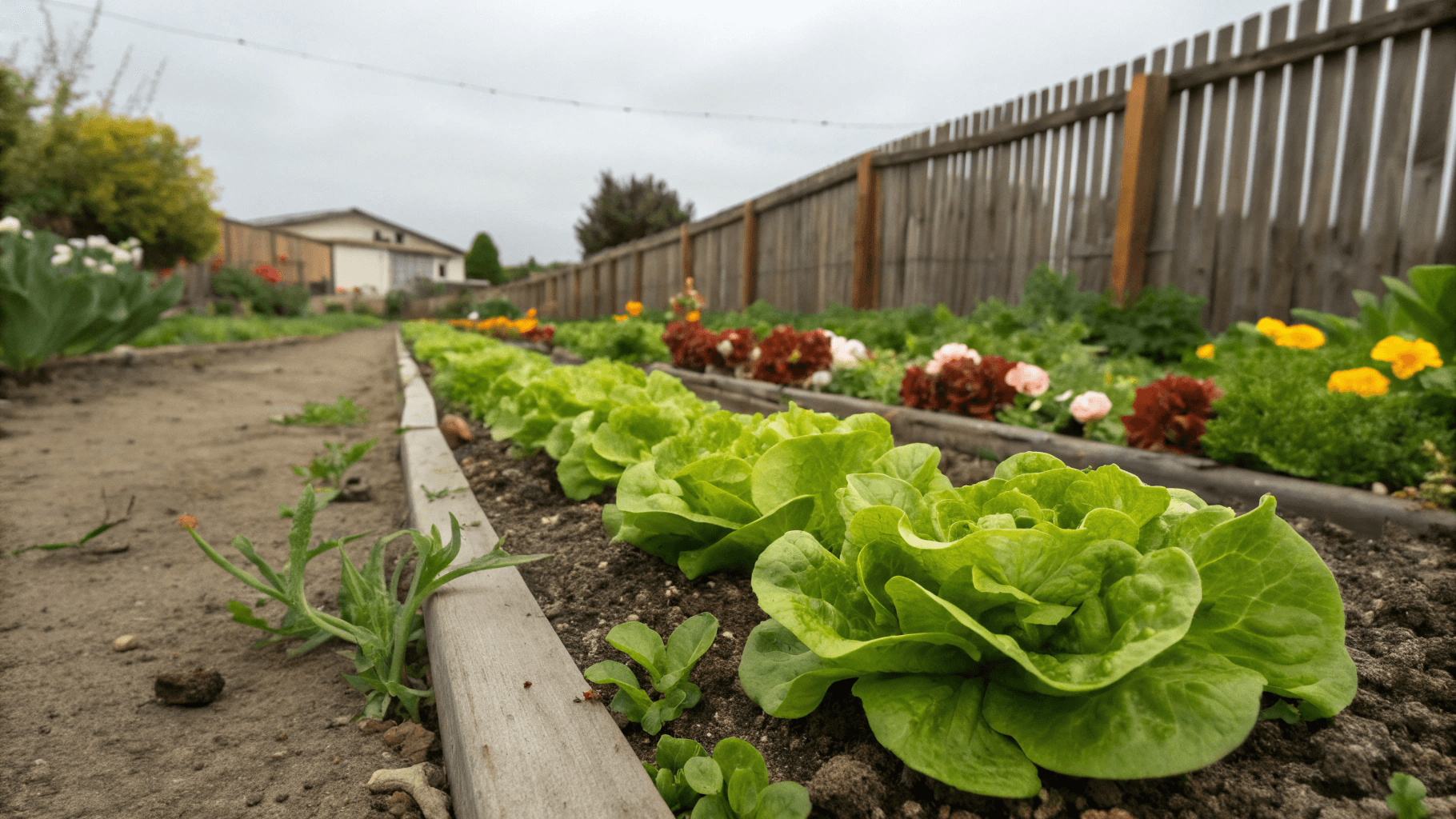
- Tom Thumb
- Buttercrunch (excellent bolt resistance)
- Optima
Soft, sweet, and more tolerant than iceberg.
Specialized Heat-Resistant Varieties
Some varieties were developed specifically for warm climates:

- Sierra Batavia
- Muir
- Tropicana
- Anuenue (Hawaiian variety)
If you garden in the South or Southwest, these are fantastic options.
How to Save Lettuce That Already Started Bolting
Let’s be honest: once lettuce truly bolts, you can’t reverse the process. But you can slow it down or salvage part of the crop depending on how early you catch it.
1. Harvest Immediately
If the center stalk is just beginning to rise, harvest as much as you can. The leaves may still be mild enough for salads, especially if you trim away the older outer layers.
2. Chill the Leaves to Reduce Bitterness
A simple trick for slightly bitter lettuce:
- Harvest and wash the leaves
- Soak them in an ice bath for 15-30 minutes
- Spin or pat dry
This can help pull out some bitter compounds.
3. Cook Bitter Lettuce Instead of Eating It Raw
Once lettuce turns bitter, it’s not great fresh, but it’s surprisingly good cooked. Heat softens the bitterness significantly.
Try using bitter leaves in:
- Stir-fries
- Sautéed dishes
- Soups
- Lettuce wraps
- Sandwich fillings (wilted like spinach)
4. Let the Plant Fully Bolt to Save Seeds
If you grow heirloom varieties, a bolted lettuce plant is a chance to collect your own seeds.

Steps:
- Allow flower stalks to open and dry on the plant
- When seeds turn fluffy and light, clip the seed heads
- Store seeds in a paper envelope in a cool, dry place
- Replant next season
Saving seeds is great for reducing cost and selecting varieties that naturally adapt to your climate.
Conclusion
Lettuce bolting is frustrating, but it’s completely manageable once you understand what triggers it. A combination of smart timing, consistent moisture, proper shade, and choosing the right varieties can keep your plants sweet and tender long after the weather warms up.
By paying attention to the early signs of bolting and knowing how to respond quickly, you can enjoy a steady supply of crisp, delicious lettuce throughout the season.
If you want help tailoring these tips to your climate, planting zone, or preferred varieties, just let me know I can create a custom planting plan for you.

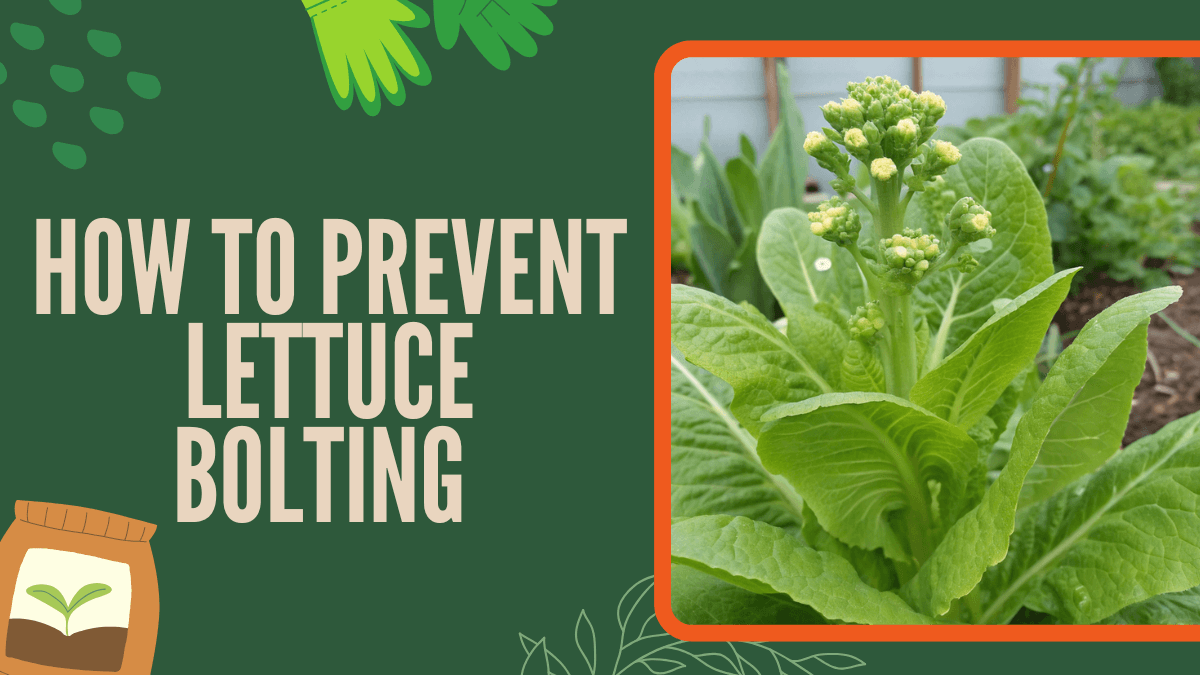
 ChatGPT
ChatGPT
 Perplexity
Perplexity
 Claude
Claude

Leave a Reply